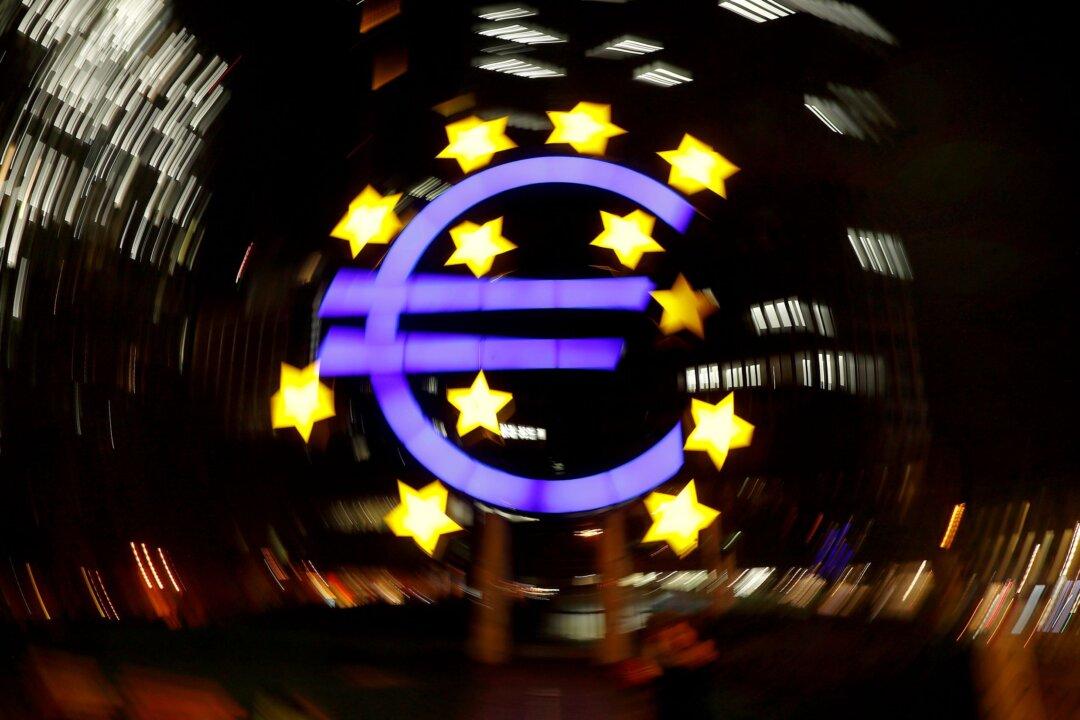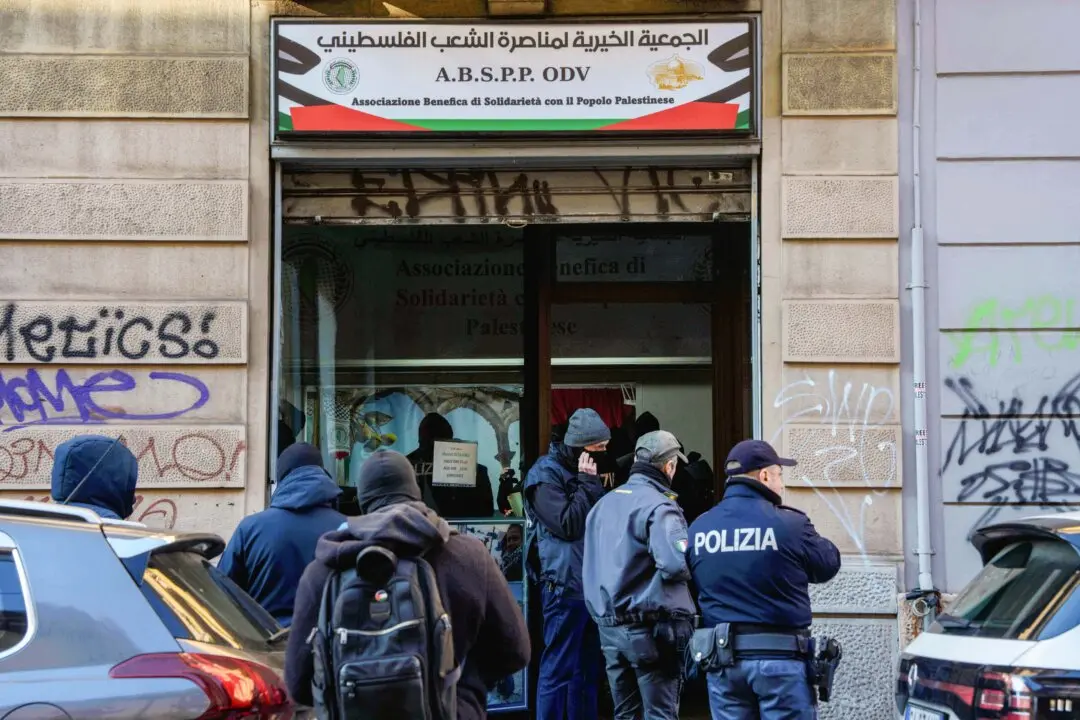Consumer price inflation across the 19 countries that use the euro currency accelerated in the year through November at its fastest pace since records began in 1997, according to official data, which also showed inflation broadening out into non-energy categories.
The European Union’s statistics agency Eurostat said in a Nov. 30 release (pdf) that the eurozone’s consumer price index (CPI), which measures inflation from the perspective of end consumers of goods and services, rose 4.9 percent in the 12 months through November, an all-time high. Consensus forecasts cited by FXStreet expected a far lower rate of inflation of 3.7 percent.





